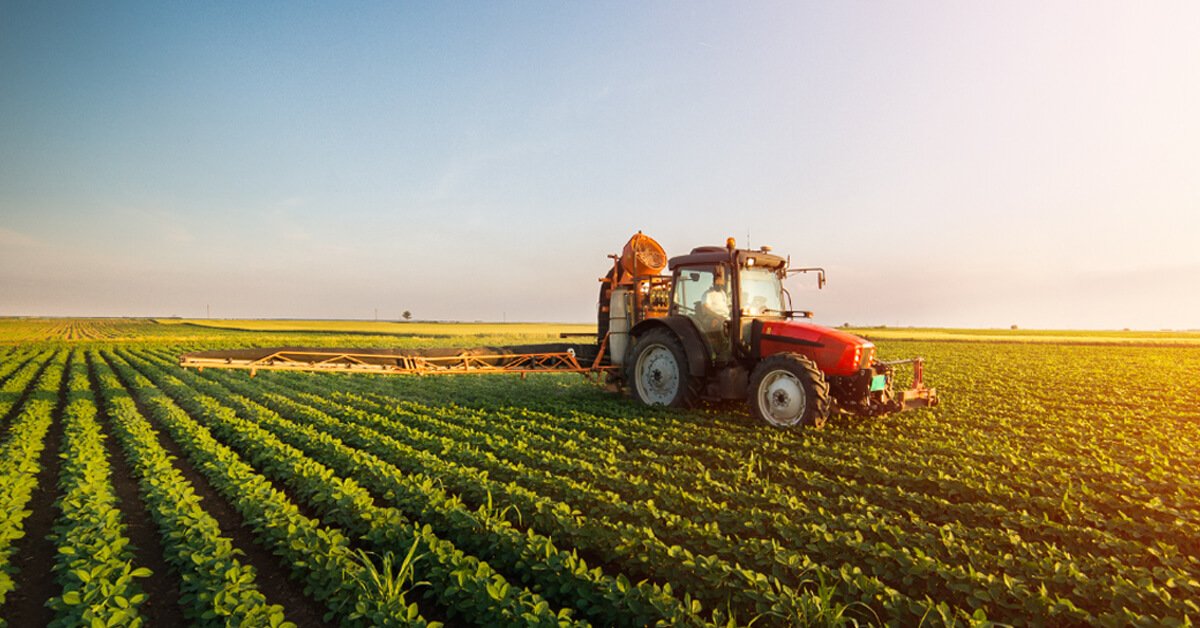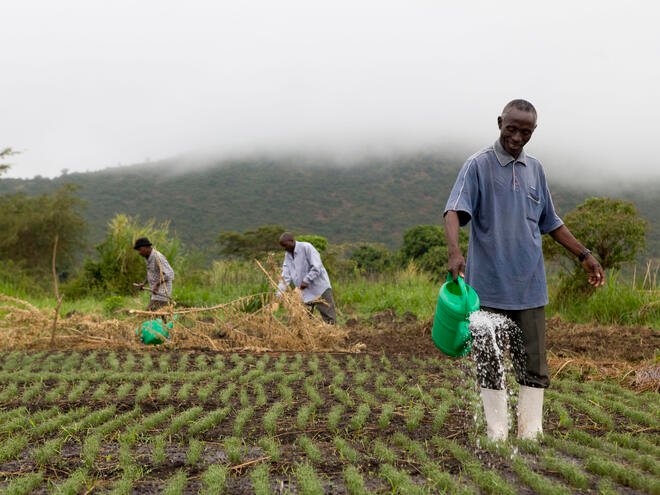Agriculture is vital for human survival, providing food, fiber, and raw materials. However, it also presents several challenges that can impact the environment, economy, and society. Understanding these disadvantages and finding ways to mitigate them is crucial for creating a sustainable agricultural system. Here are seven disadvantages of agriculture and practical solutions to address each one.

1. Environmental Degradation
Disadvantage
Agriculture can lead to environmental degradation through deforestation, soil erosion, water depletion, and pollution from pesticides and fertilizers. These activities harm ecosystems, reduce biodiversity, and contribute to climate change.
Workaround
- Sustainable Farming Practices: Implement practices such as crop rotation, cover cropping, and reduced tillage to enhance soil health and prevent erosion.
- Agroforestry: Integrate trees and shrubs into agricultural landscapes to improve biodiversity and reduce deforestation.
- Organic Farming: Use natural fertilizers and pest control methods to minimize pollution and promote soil health.
2. Water Scarcity
Disadvantage
Agriculture is a major consumer of freshwater resources. Irrigation for crops can deplete water sources, especially in arid regions, leading to water scarcity and conflicts over water usage.
Workaround
- Efficient Irrigation Systems: Adopt drip irrigation and other efficient water management systems to reduce water usage.
- Drought-Resistant Crops: Grow crops that are more tolerant to dry conditions to reduce dependency on irrigation.
- Water Recycling: Implement systems to capture and reuse water in agricultural processes.
3. Soil Depletion
Disadvantage
Intensive farming can lead to soil depletion, reducing the availability of essential nutrients needed for plant growth. This degradation results in lower crop yields and reduced soil fertility.
Workaround
- Soil Management Techniques: Apply compost, manure, and green manures to enrich soil organic matter.
- Crop Rotation: Rotate crops to improve soil structure and fertility.
- No-Till Farming: Reduce soil disturbance to maintain soil structure and organic matter.
4. Pesticide and Fertilizer Use
Disadvantage
The overuse of chemical pesticides and fertilizers can lead to soil and water pollution, harm beneficial insects, and create pesticide-resistant pests.
Workaround
- Integrated Pest Management (IPM): Use a combination of biological, mechanical, and chemical methods to manage pests effectively.
- Organic Alternatives: Employ organic pesticides and natural fertilizers to reduce chemical dependency.
- Precision Agriculture: Utilize technology to apply pesticides and fertilizers more accurately, reducing excess use.
5. Economic Pressures
Disadvantage
Farmers often face economic pressures due to fluctuating market prices, high input costs, and competition from large agribusinesses. These factors can lead to financial instability and farm closures.
Workaround
- Diversification: Diversify crops and livestock to reduce economic risk and increase resilience.
- Cooperatives: Join or form cooperatives to benefit from shared resources, better market access, and collective bargaining power.
- Direct Marketing: Sell products directly to consumers through farmers’ markets, CSA programs, or online platforms to capture a higher share of the retail price.
6. Climate Change Impact
Disadvantage
Agriculture both contributes to and is affected by climate change. Extreme weather events, temperature fluctuations, and altered precipitation patterns can negatively impact crop and livestock production.
Workaround
- Climate-Resilient Crops: Develop and plant crop varieties that are more tolerant to climate stressors such as drought, heat, and floods.
- Adaptive Farming Practices: Implement adaptive strategies like changing planting dates and diversifying crops to mitigate climate risks.
- Carbon Sequestration: Adopt practices such as agroforestry and cover cropping to capture and store carbon, helping to mitigate climate change.
7. Social and Ethical Issues
Disadvantage
Agricultural practices can sometimes lead to social and ethical issues, including poor labor conditions, land grabbing, and the displacement of local communities.
Workaround
- Fair Labor Practices: Ensure fair wages, safe working conditions, and respect for workers’ rights in agricultural operations.
- Land Rights: Support and recognize the land rights of indigenous and local communities to prevent displacement and promote social justice.
- Ethical Certification: Obtain certifications such as Fair Trade or Rainforest Alliance to ensure ethical practices and improve market access.
Conclusion
While agriculture is essential for human survival, it comes with several disadvantages that need to be addressed to ensure its sustainability. By adopting sustainable practices, leveraging technology, and promoting ethical standards, we can mitigate these challenges and build a more resilient and equitable agricultural system. Through conscious effort and innovation, the disadvantages of agriculture can be transformed into opportunities for positive change, benefiting both people and the planet.

 Flour
Flour